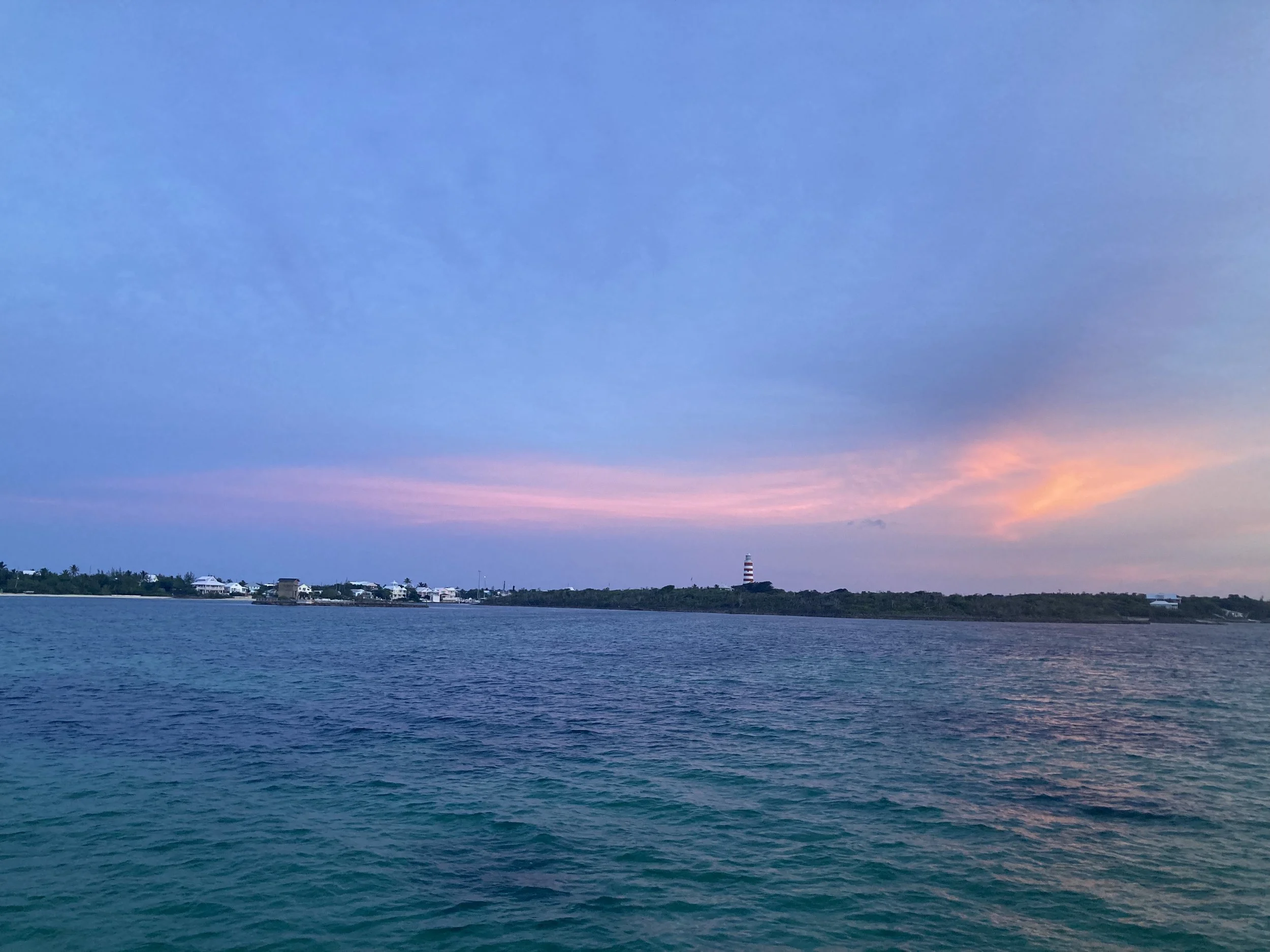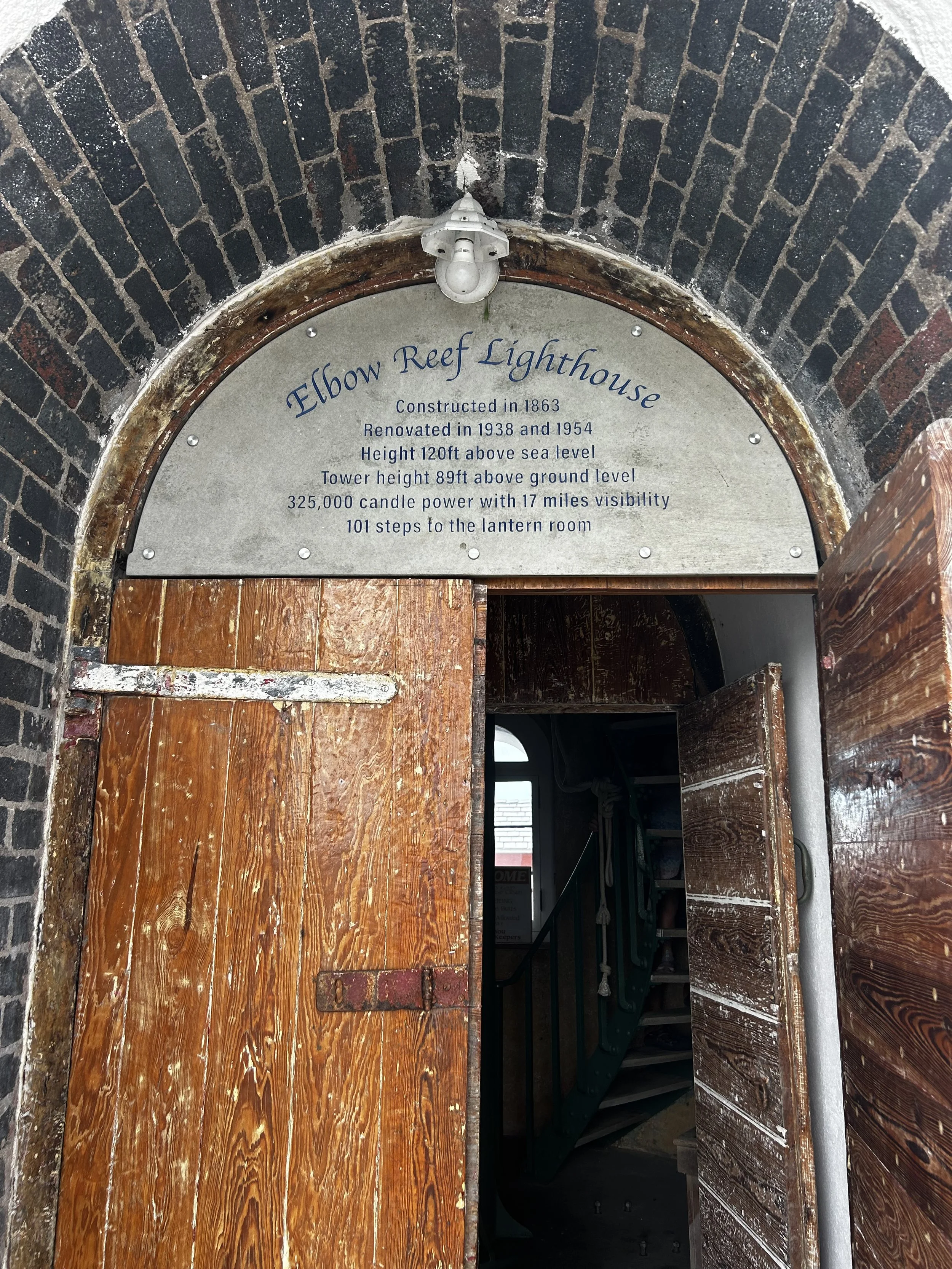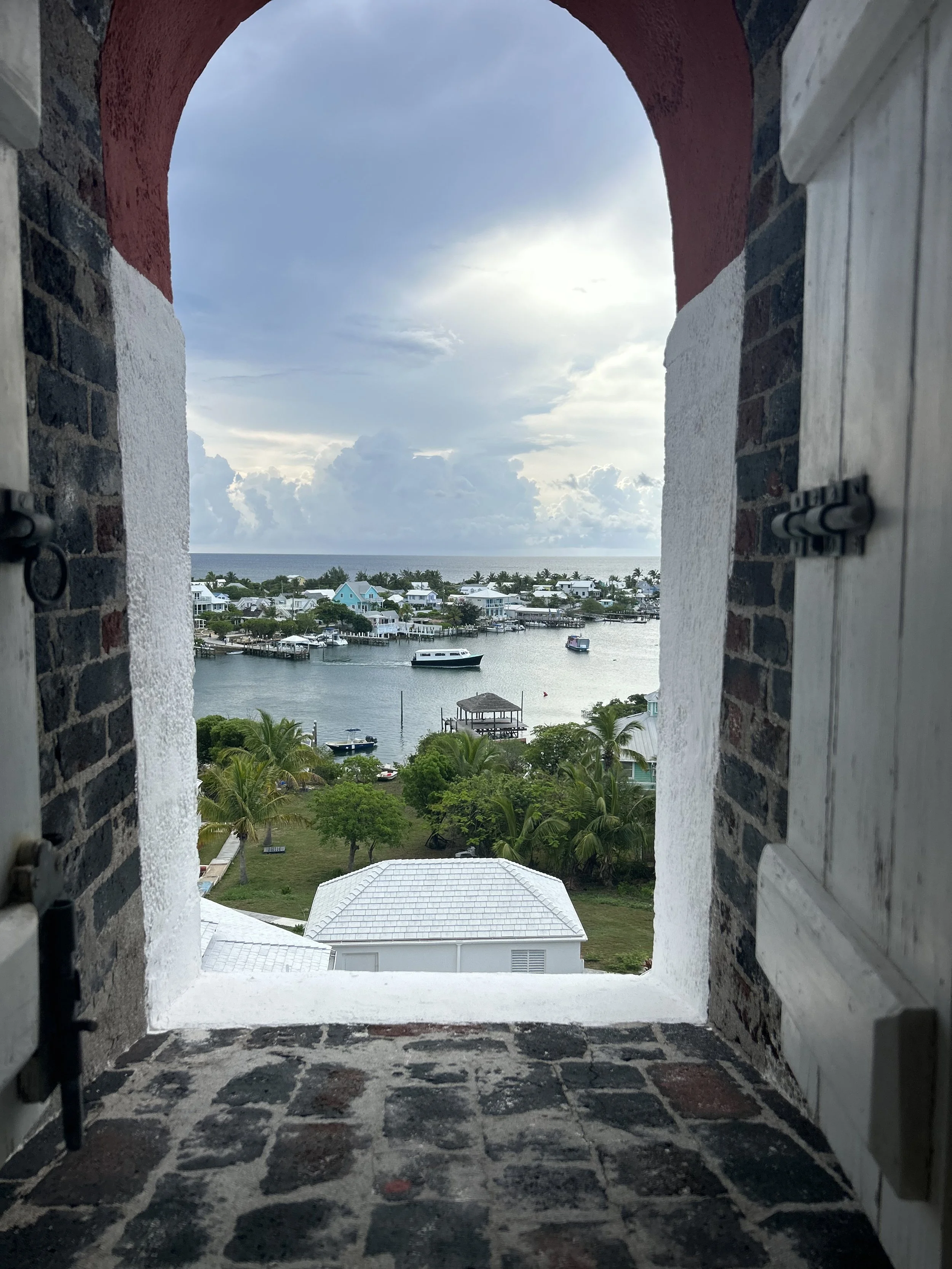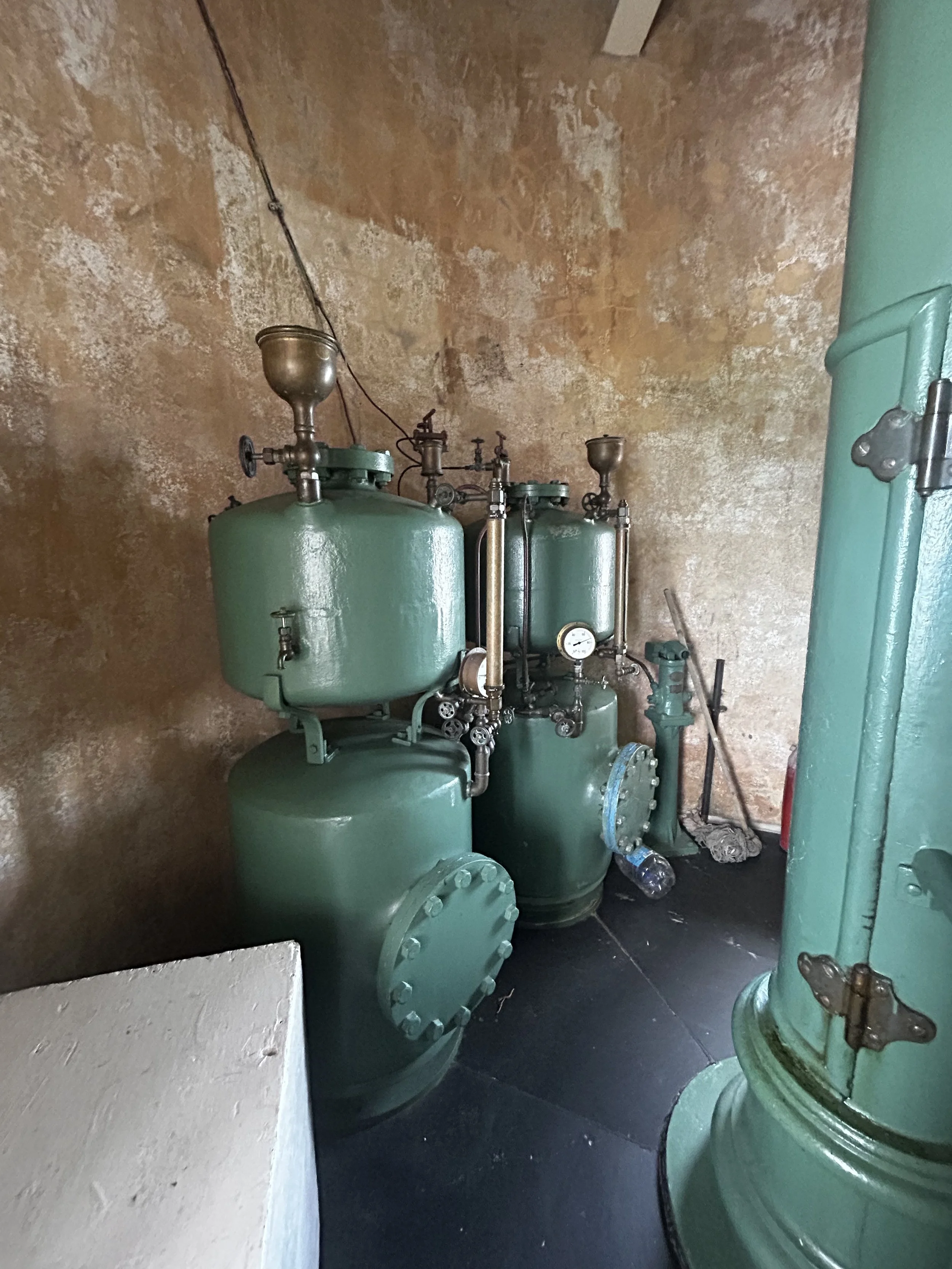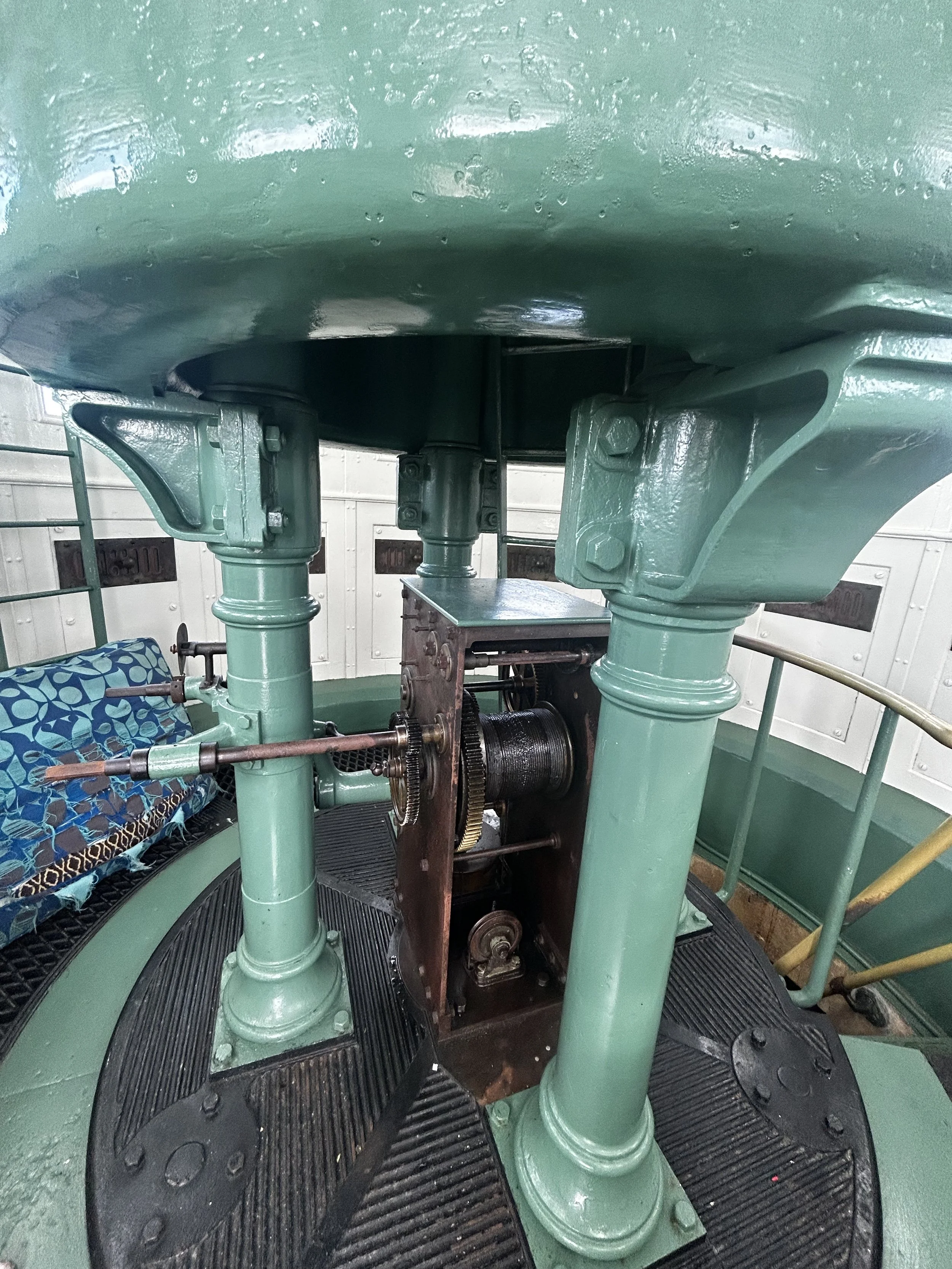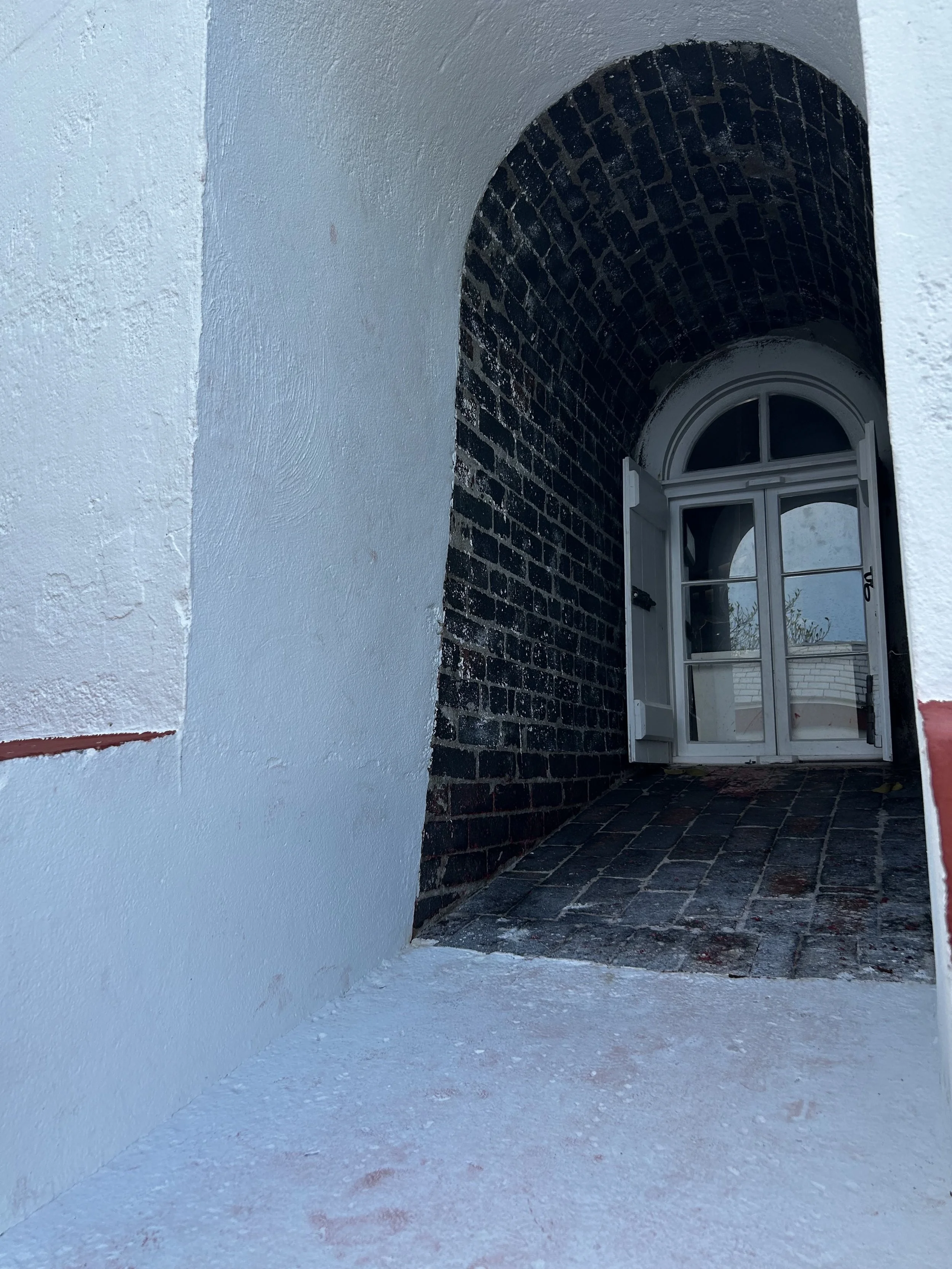As I traverse the turquoise waters of the Bahamas, the Elbow Reef Lighthouse in Hope Town, Elbow Cay, stands as a striking testament to architectural ingenuity and historical perseverance. This candy-striped beacon, built in 1862 and operational since 1863, is one of the last hand-wound, kerosene-fueled lighthouses in the world, a marvel of 19th-century engineering that continues to guide mariners through the treacherous Abaco Sound.
Historical Context and Construction
Constructed by the British Imperial Lighthouse Service, the Elbow Reef Lighthouse was one of 11 manned lightstations built between 1836 and 1887 to curb shipwrecks on the Bahamas' perilous reefs. Local limestone formed the 89-foot tower, with dark red Bristol brick accentuating the door and window arches, a nod to British craftsmanship. The internal spiral staircase and mechanical components, shipped from England, reflect the era’s global trade networks. Despite local opposition—wreckers who profited from shipwrecks sank a barge carrying materials—the lighthouse was completed, its red-and-white stripes becoming an iconic symbol, even gracing the Bahamian $10 bill.
The lighthouse’s robust construction is evident in its ability to withstand hurricanes, including the devastating Hurricane Dorian in 2019, which caused over $1 million in damages. Restoration efforts, supported by the Elbow Reef Lighthouse Society (ERLS) and a $472,000 U.S. grant, have preserved its structural integrity, from the slate floors to the iron canopy roof. The meticulous stripping and repainting of the tower highlight a commitment to maintaining its historical authenticity.
Architectural and Operational Uniqueness
The lighthouse’s engineering is a blend of simplicity and sophistication. At its heart is a first-order Fresnel lens, a 7,000-pound optical marvel floating on liquid mercury, focusing a kerosene flame to project a beam visible 23 nautical miles away. This lens, hand-cranked every two hours with 426 turns of a weight mechanism, produces five white flashes every 15 seconds, a rhythm unchanged for over 160 years. The kerosene burner, consuming one gallon per night, is maintained with custom mantles from the Coleman Company, a testament to the community’s dedication to sourcing rare parts.
The 101-step spiral staircase, winding through the cylindrical tower, is both functional and symbolic, leading to a lantern room that offers panoramic views of Hope Town’s colonial architecture and the surrounding cays. The lighthouse complex, including two keeper’s quarters and eight outbuildings, forms a self-contained lightstation, preserved by the ERLS as a living museum of maritime heritage.
Continued Operation and Cultural Significance
Unlike most lighthouses worldwide, which have succumbed to automation, Elbow Reef remains manned, with keepers like Jeffery Forbes Jr. climbing the tower nightly to fuel and wind the mechanism. The ERLS, formed in 1992, ensures its operation, collaborating with the Bahamas Port Department and resisting modernization to preserve its historical essence. This labor of love underscores the lighthouse’s role as a cultural and economic anchor for the Abaco community, drawing visitors to climb its steps and explore its gift shop.
The Elbow Reef Lighthouse is more than a navigational aid; it’s a monument to architectural resilience and human dedication, standing firm against time and tide.
More information about the lighthouse can be found here:

